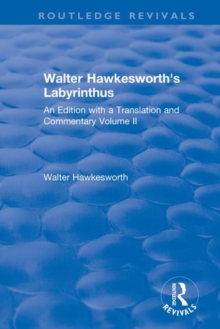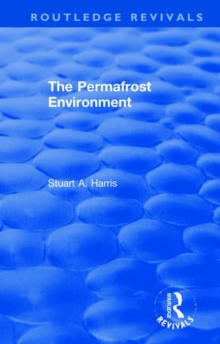
The Uses of Obscurity : The Fiction of Early Modernism PDF
by Allon White
Part of the Routledge Revivals series
Description
Originally published in 1981, this book examines why and how textual difficulty became a norm of modernist literature and questions how we can begin to account for the forms of obscurity and difficulty which developed in the late 19th Century and which became so important to modernism. The author argues that the decline of realism entailed the growth of 'symptomatic' or 'subtextual' reading which tended to treat fiction as compromised autobiography. This kind of reading left the author dangerously isolated and exposed in the midst of a newly sophisticated public. Within this general cultural perspective, the book traces the private anxieties that led George Meredith, Joseph Conrad and Henry James to conceal themselves within their complex and resistant fictions. It discusses opacity in the texts themselves - embarrassment and shame in Meredith; 'engimas' in Conrad; and the fear of vulgarity and knowledge in Henry James.
Information
-
Download - Immediately Available
- Format:PDF
- Pages:202 pages
- Publisher:Taylor & Francis
- Publication Date:09/10/2023
- Category:
- ISBN:9781003821816
Other Formats
- Hardback from £81.79
- EPUB from £44.99
Information
-
Download - Immediately Available
- Format:PDF
- Pages:202 pages
- Publisher:Taylor & Francis
- Publication Date:09/10/2023
- Category:
- ISBN:9781003821816










